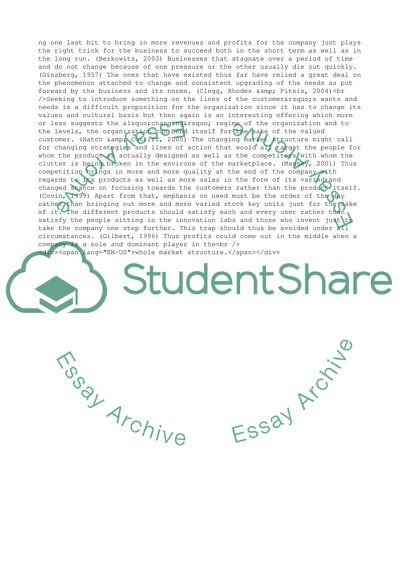Cite this document
(Organisational Behaviour and Culture in Business Essay, n.d.)
Organisational Behaviour and Culture in Business Essay. https://studentshare.org/business/1706620-organizational-behaviour
Organisational Behaviour and Culture in Business Essay. https://studentshare.org/business/1706620-organizational-behaviour
(Organisational Behaviour and Culture in Business Essay)
Organisational Behaviour and Culture in Business Essay. https://studentshare.org/business/1706620-organizational-behaviour.
Organisational Behaviour and Culture in Business Essay. https://studentshare.org/business/1706620-organizational-behaviour.
“Organisational Behaviour and Culture in Business Essay”. https://studentshare.org/business/1706620-organizational-behaviour.


